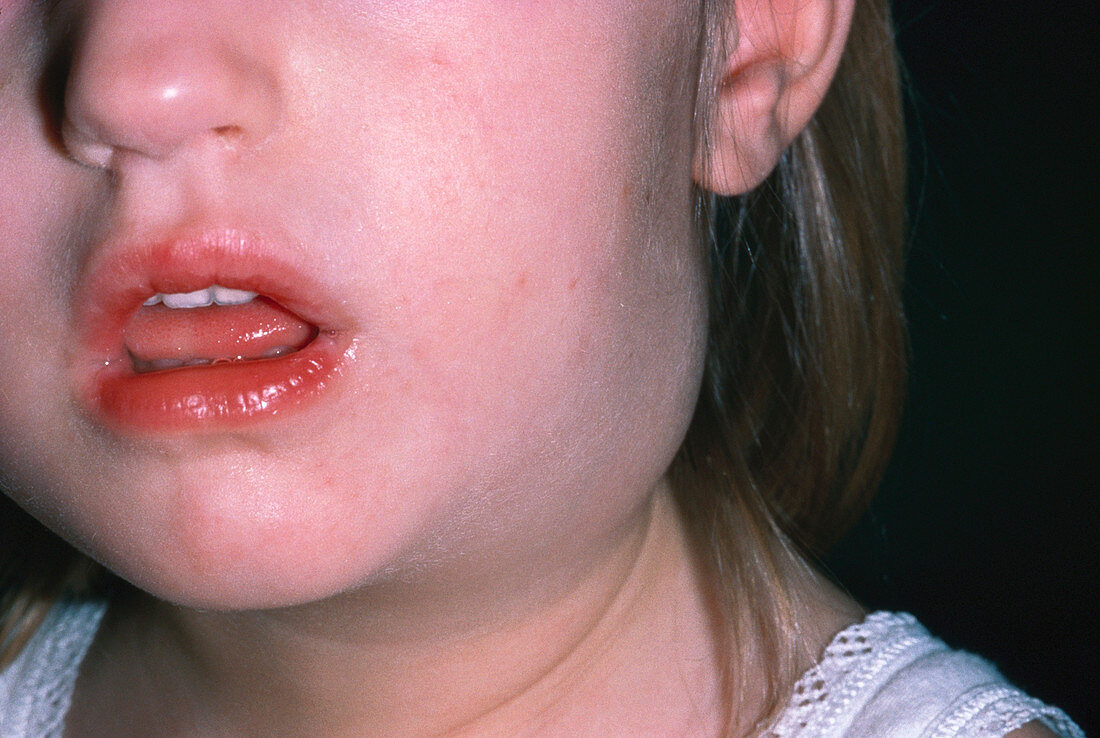
DiYES International School – Childhood Lymphadenitis often appears as swollen lymph nodes in the neck or other parts of the body. These nodes become enlarged when the immune system responds to an infection nearby. Many parents may mistake this swelling for something minor, like a cold or mild flu. However, if not properly addressed, lymphadenitis can develop into a more serious condition that requires medical treatment. While most cases are caused by viral or bacterial infections, the symptoms may vary based on the severity and source of the inflammation. Children with this condition may experience tenderness, warmth, or redness around the affected area. Some may also show general symptoms such as fever, irritability, and fatigue. Recognizing the early signs is essential to avoid complications and help children recover faster. Parents are encouraged to seek professional evaluation if swelling persists for more than a few days or grows rapidly without clear cause.
In most cases of Childhood Lymphadenitis, the first noticeable symptom is a lump in the neck or under the jaw. This lump can be soft or firm and may increase in size over a short period. The surrounding skin sometimes becomes warm or red, indicating an active inflammatory response. Children may also feel pain when turning their head or swallowing.
Fever is another common symptom, especially when the infection is bacterial. Fatigue and loss of appetite can accompany the physical discomfort. Occasionally, the child might complain of earache or sore throat, as infections in these areas can spread to nearby lymph nodes. Parents should pay attention to behavioral changes, such as increased crying or difficulty sleeping, which might indicate discomfort. Swollen lymph nodes in the groin or armpit may also be present, although less frequently. Medical attention becomes more urgent if the swelling continues to grow or does not improve after a few days of home care.
“Read about: More Kids, More Crises: Britain’s Youth Health Emergency Reaches New Highs”
The most frequent causes of Childhood Lymphadenitis are viral and bacterial infections. In younger children, the condition often follows a cold or respiratory illness. Streptococcal bacteria and Staphylococcus aureus are the most common bacterial culprits. Dental infections, ear infections, or skin wounds near lymph nodes can also lead to this condition.
Children with weakened immune systems face higher risks of more severe lymphadenitis, as their bodies struggle to fight infections. Poor hygiene or injuries to the mouth, such as biting the inside of the cheek or brushing too hard, can provide entry points for bacteria. Unvaccinated children or those with incomplete immunization schedules may also be more vulnerable to complications. Environmental exposure to certain pets or contaminated water has been linked to specific infections that result in lymph node swelling. Understanding these risks helps caregivers prevent future episodes. Encouraging good hygiene and timely treatment of common infections can reduce the likelihood of developing this condition.
Doctors use a combination of physical examination and medical history to identify Childhood Lymphadenitis. The location, size, and consistency of the lymph nodes provide important diagnostic clues. Blood tests are often recommended to check for signs of infection. In cases where an abscess is suspected, imaging such as ultrasound or CT scan might be used to confirm the presence of fluid collection.
Bacterial lymphadenitis usually requires antibiotics, which are chosen based on the suspected organism and the child’s age. Viral cases tend to resolve with supportive care, including rest, hydration, and fever reducers. In rare cases, surgical drainage is needed if an abscess has formed. Most children recover fully with proper treatment. However, follow-up appointments are important to ensure complete resolution and to rule out more serious underlying causes such as tuberculosis or immune disorders. Parents should complete any prescribed medication course and monitor for recurring symptoms during the recovery phase.
“Read more: India Strengthens Fight Against Human Trafficking with Revamped Lucknow Task Force”
After medical treatment begins, at-home care plays a vital role in supporting a child’s recovery from Childhood Lymphadenitis. Warm compresses applied to the swollen area can reduce discomfort and improve circulation. Encouraging plenty of fluids helps the immune system function effectively. Over-the-counter fever medications may be recommended by the doctor, but they should be used according to age-specific guidelines. It is important to keep the child rested but not completely inactive. Gentle movement and light activity can improve blood flow and prevent stiffness. Maintaining proper oral hygiene can prevent recurring infections that might lead to swollen lymph nodes again. Parents should also ensure that children eat nutritious meals to strengthen the immune system. If symptoms return or new ones appear, medical advice should be sought immediately. Teaching children how to wash their hands regularly and avoid touching their faces can help prevent future infections and minimize the risk of recurrence.